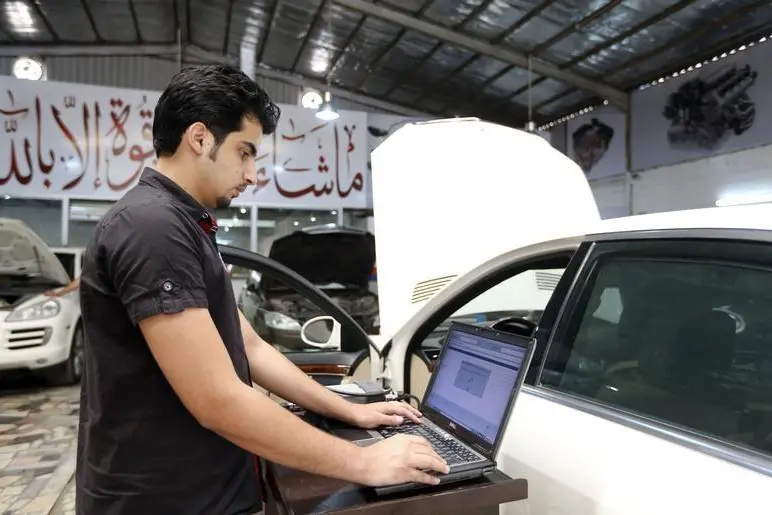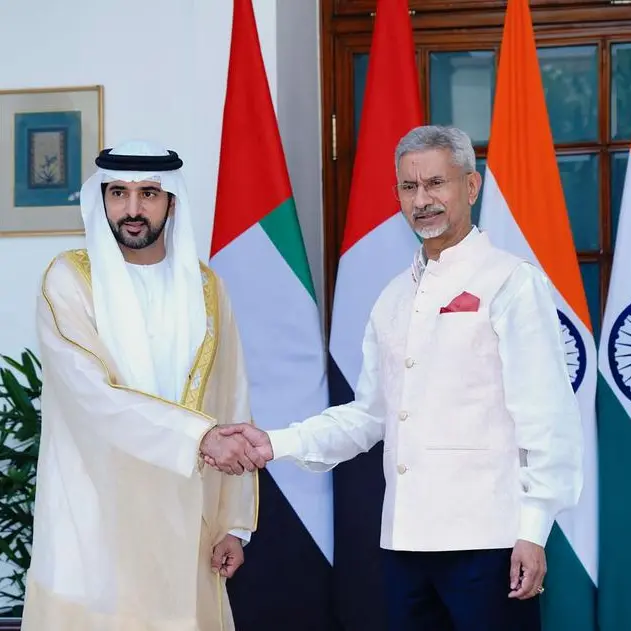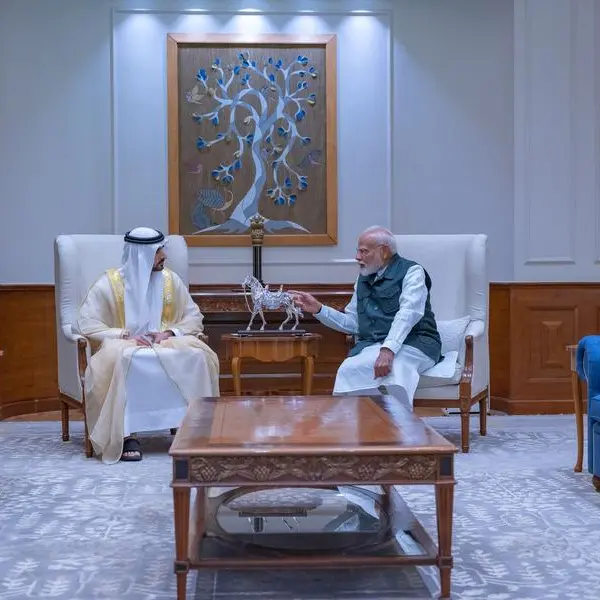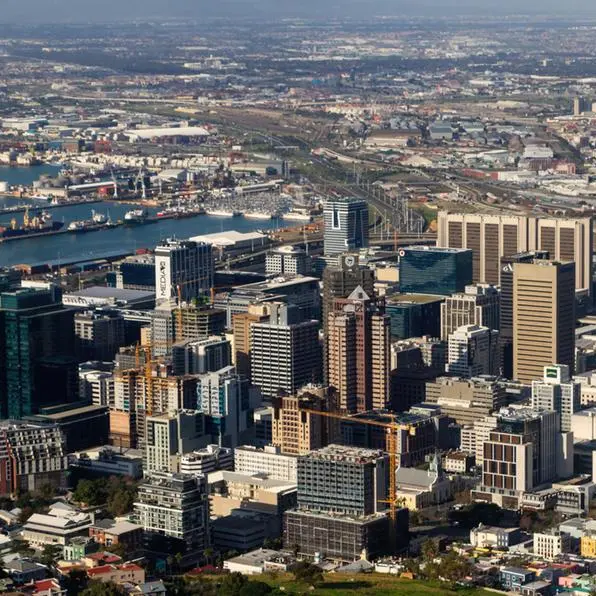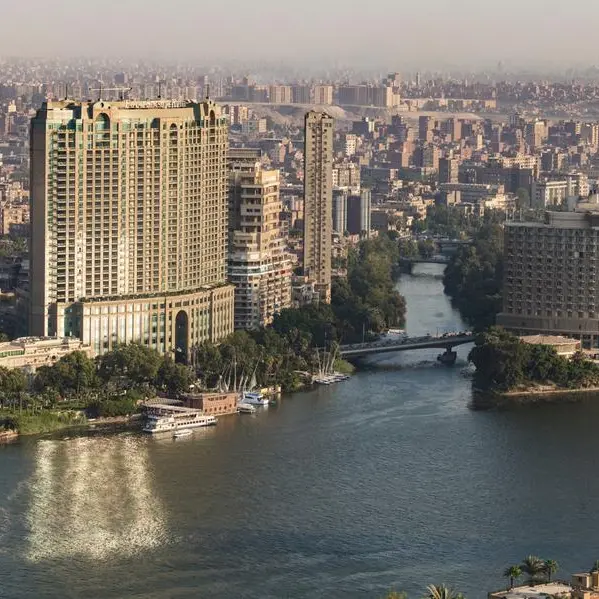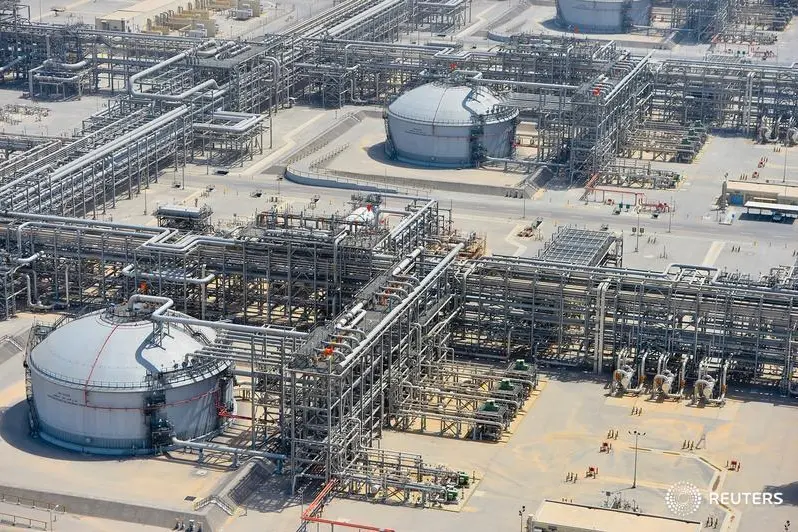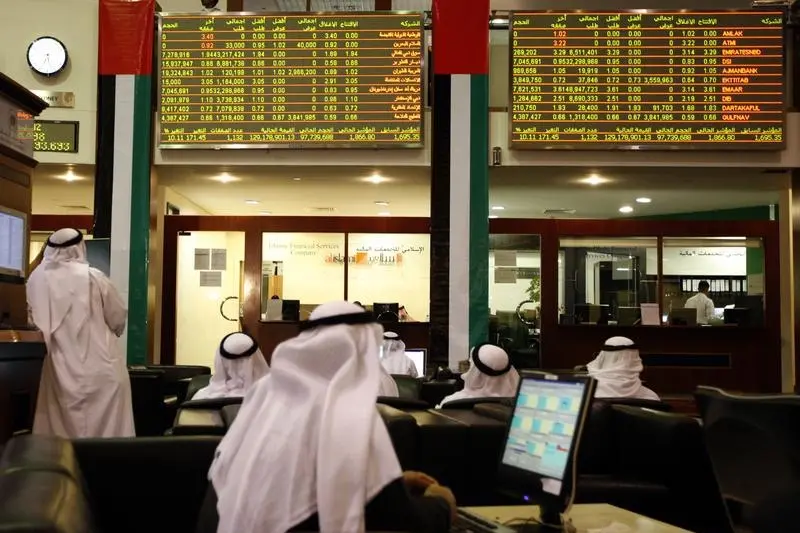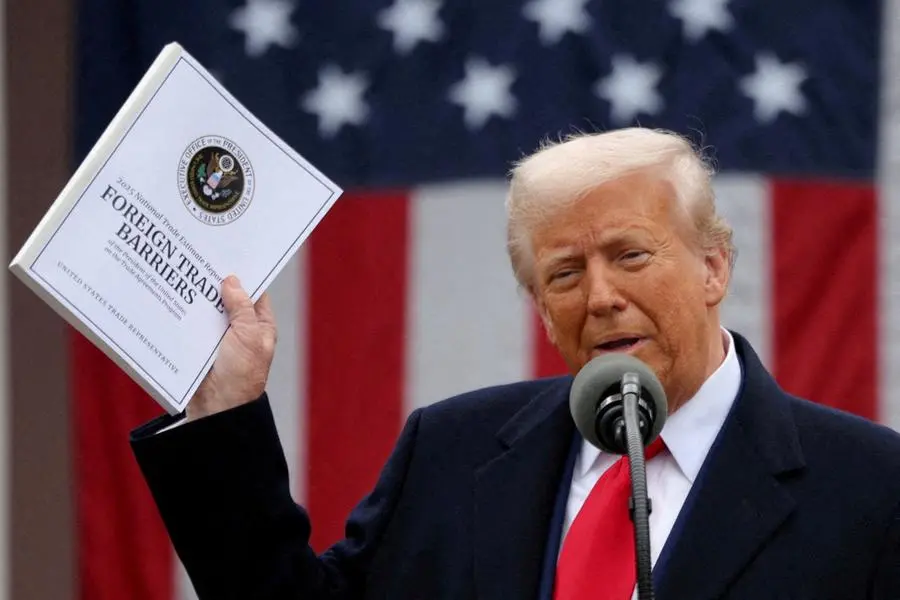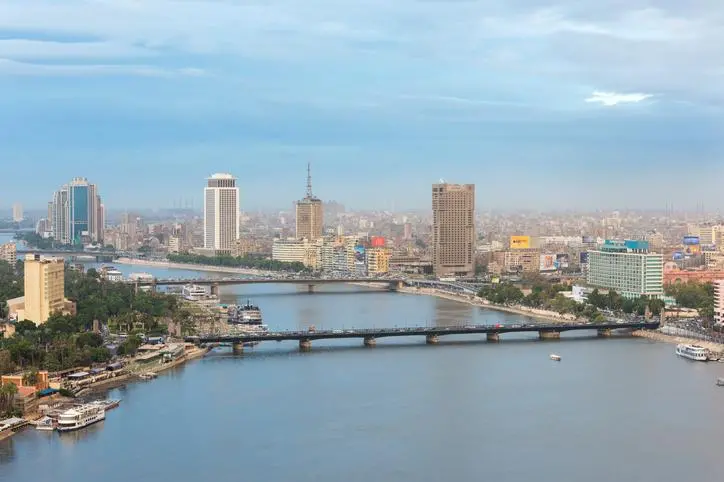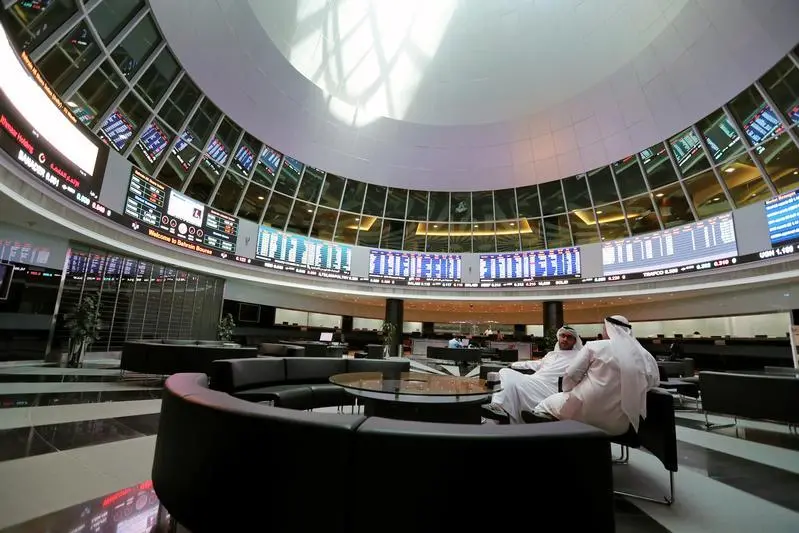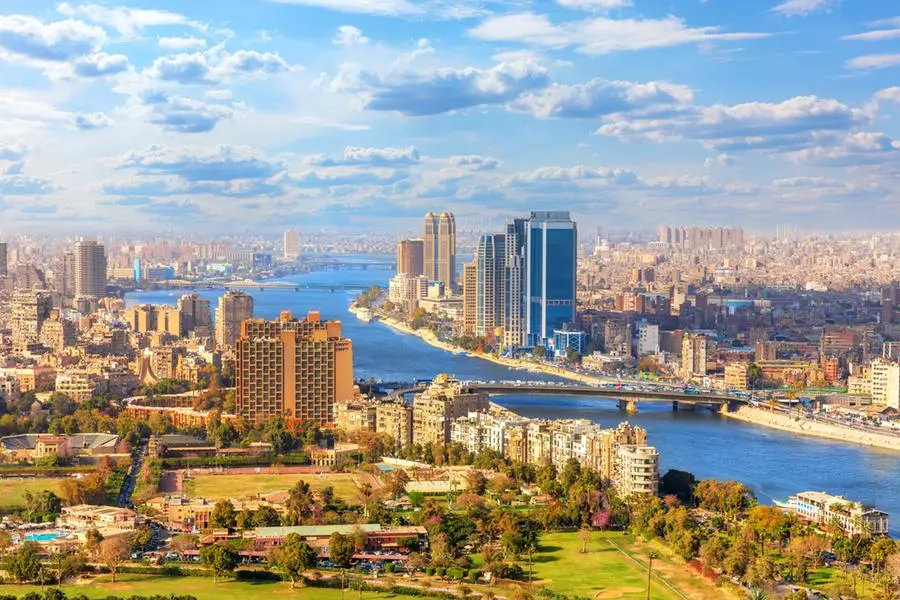PHOTO
A Saudi mechanic use his laptop as he works at his workshop in Riyadh September 3, 2014. Picture taken September 3, 2014. To match SAUDI-WORKERS/REFORM. REUTERS/Faisal Al Nasser
Until recently, when the SME sector became an important element in the economic diversification plan of Vision 2030 programs, small and medium-sized enterprises faced various internal and external constraints.
Difficulties included problems in obtaining financial support, lack of credit options, inability to maintain proper business and accounting records, inadequate business information, lack of business contacts, and lack of marketing knowledge.
The above is a tall order of obstacles faced by SMEs. Some, such as access to financial solutions, are being addressed by the government and the Saudi financial sector, but others require wider stakeholder support.
Capacity building and basic knowledge of business and accounting procedures are important for progress in accessing funds from the banking sector, something that the Saudi Chambers of Commerce and Industry can address through specialized SME workshops in their SME units.
Without such support, it is not easy to motivate Saudi commercial banks to raise their lending levels to SMEs due to a perceived lack of transparency, and poor credit information from credit registries and bureaus.
Lack of collateral, poor financial performance, unfeasible business plans and incomplete information were also reasons for banks not lending.
All major economies started with an SME base that had relatively the same characteristics noted above, but some have moved on to empower this sector by motivating their commercial banking sector to play an effective lending role.
The overall percentage of SME lending in total commercial loans in 2016 averaged at around 75 percent in South Korea, 65 percent in Japan, 38 percent in Norway, 36 percent in Turkey, 23 percent in the UK and 22 percent in the US.
According to Saudi Arabia’s Financial Sector Development Program, in 2016 the total for Saudi outstanding commercial bank loans was SR1,420 billion ($378 billion), with SME lending at SR32 billion or around 2 percent, but this increased to around 8 percent by Q1 2021 at SR175 billion.
This lag was a wakeup call to reexamine other financial support measures to the SME sector, given the success of southeast Asian economies where SMEs are integrated and part of an effective supply chain with large corporations.
To mitigate some of the financial barriers, the government introduced the Kafala Program for easier financial assistance to SMEs in 2006, initially as a collaboration between the Ministry of Finance represented by the Saudi Industrial Development Fund and Saudi banks, with banks providing loans to SMEs, about 80 percent of which are guaranteed by the SIDF with an estimated SR17 billion disbursed to 8,500 SME beneficiaries over 2006 to 2016.
By 2019 this program had been overtaken, with the Kafalah SME Financing Guarantee Program under the General Authority for Small and Medium Enterprises (Monshaat), which supported around 3,900 enterprises with total financing of SR7.5 billion in 2019.
The disbursements covered the whole spectrum of Saudi economic activity, with trade taking the lion’s share, followed by building/construction, industry, tourism and entertainment, and agri-business.
Of particular interest was the funding extended to the nascent tourism and entertainment sector, given the emphasis placed on expanding this activity in line with Vision 2030 objectives to raise the level of SME contributions to the gross domestic product from around 20 percent to 35 percent by 2030.
In 2021, the Saudi Cabinet took the next logical step to boost the SME sector and approved the establishment of the SME Bank to bring together all financing solutions under one umbrella. c
The government’s SME initiatives did not stop there.
In Dec. 2017, it announced a SR200 billion four-year program to stimulate private sector growth, with SR40 billion spent in 2017 and SR72 billion in 2018, with the package providing four major initiatives for SMEs, such as reimbursing government fees during the SME's first three operational years, amounting to SR7 billion; a SR2.8 billion venture capital fund targeting startups and SME investments, rising to SR23 billion by 2020 through private equity/venture capital.
Another key focus in Vision 2030 on funding and enabling new financing solutions for SMEs is the Public Investment Fund’s indirect funding and venture capital initiatives, with a capital of SR4 billion, along with the Saudi Capital Market Authority’s launch of a parallel Nomu market to help spawn some eligible and more prosperous SMEs to migrate to the main Tadawul stock market.
To help SMEs through this path, Monshaat introduced a separate initiative called Tomoh to provide support and business solutions on growth and market listing requirements, most probably targeting the “medium” aspect of the SME category (50-249 employees, and revenues of SR40-200 million).
Under a more coordinated effort by the ministries of commerce, economy, justice, and labor, the following initiatives have been undertaken: Supporting SMEs in accounting, Zakat and taxation; designing policies for SMEs and facilitating the procedures of registration and promotion of innovation; improving SME resources and productivity by training programs, establishing a local rating agency for SME credit assessment; and promoting a “musharakah” investment.
The future of Saudi SMEs is brighter going forward, as their days of neglect are left behind to ensure their value-added participation in the national economy.
• Dr. Mohamed Ramady is a former senior banker and professor of finance and economics at King Fahd University of Petroleum and Minerals, Dhahran.
Copyright: Arab News © 2021 All rights reserved. Provided by SyndiGate Media Inc. (Syndigate.info).
